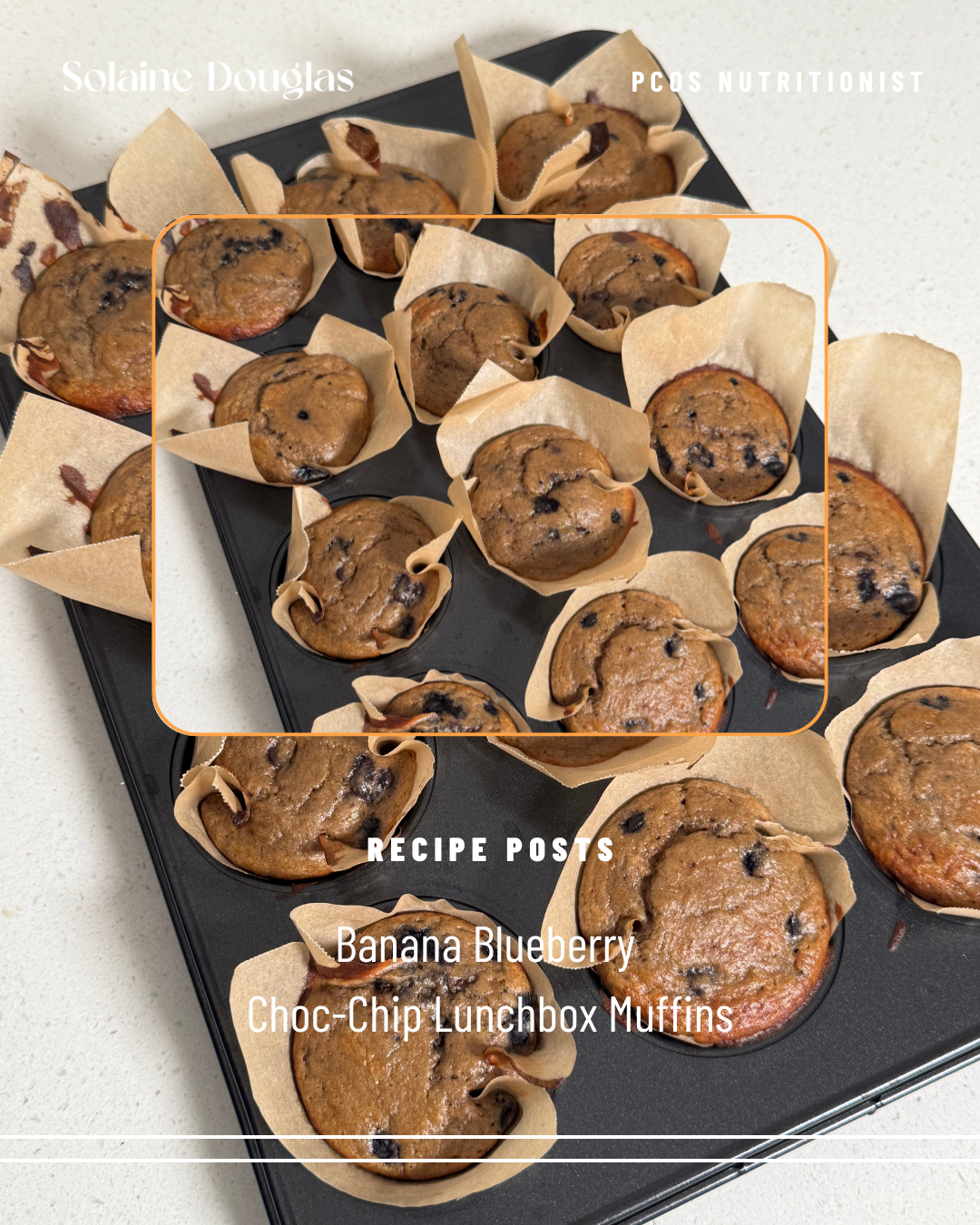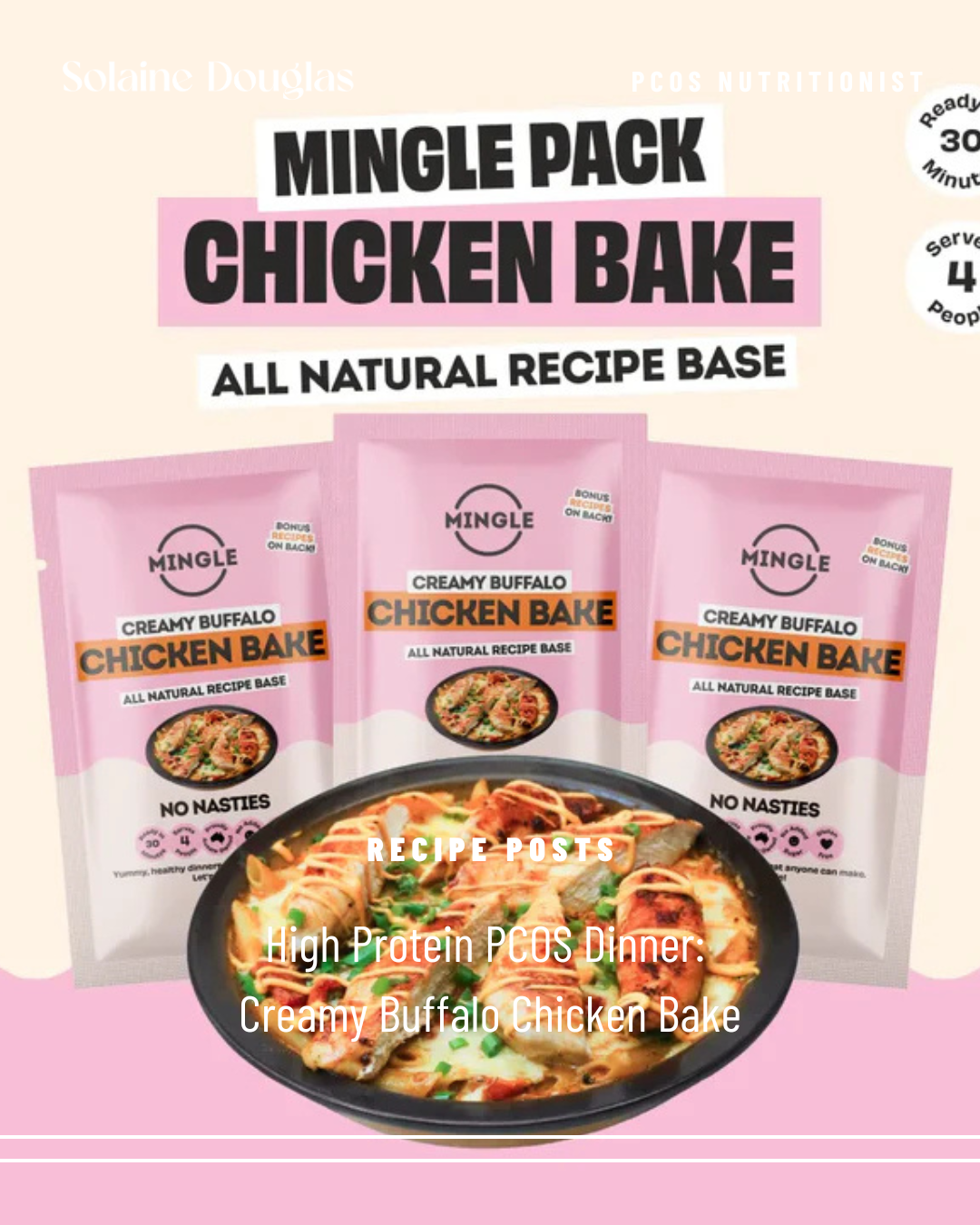IV Iron Infusions – are we overdoing it?
December 11, 2021
What is an iron infusion?
An iron infusion is a procedure in which iron is delivered to your body intravenously (IV), meaning into a vein through a needle.
Iron infusions can be prescribed by doctors to treat iron deficiency anemia (IDA). Iron deficiency anemia is typically treated with dietary changes and iron supplements that you take in pill form. In some cases, though, doctors may recommend iron infusions instead.
Australian health statistics show that in 2013 IV iron was administered to 0.4 in 100 Australian women of reproductive age. In 2017 that statistic had increased to 2.1 in 100 Australian women of reproductive age.
Why is IV iron being administered at 5 x the rate it previously was?
Statistics from Medibank in 2016 show that IDA increased by 20% in women of reproductive age. This doesn’t match the 5 x increase in IV administration.
What are the risks of IV iron?
- Although low there is risk of anaphylaxis from IV iron preparations.
- An infusion reaction is not uncommon. Patients report not feeling well within the 24-48 hours of receiving the IV iron noting nausea and changes in blood pressure.
- Another consideration is the risk of irreversible staining. This occurs in some people when the iron being infused leaks out of the blood and into the intramuscular area. Approximately 1.3% of people are expected to see this. The only treatment option to remove the staining in the skin which looks like a big dark bruise is laser therapy, which is often unsuccessful.
- A serious concern is hypophosphatemia (low blood phosphate) which is a large loss in blood phosphate levels post IV iron, there are serious concerns around this potential risk as the outcome can be confusion, seizures and cardiac events.
- Other concerns include increase oxidative stress caused by such a high dose of iron.
Does IV iron resolve low iron in the long term?
IV iron doesn’t guarantee a quick approach to fixing your long standing iron issues. There are responders and non-responders to IV iron.
The research shows that women who have a ferritin over 15 ug/L, who would be classified as having low iron but not suffering IDA are typically non-responders. After 6 weeks of receiving the IV iron, there is found to be no statistical difference in the iron circulated in their body, the iron from the infusion is instead sequestered in the liver as stored iron.
So who can benefit from IV iron?
- Those who are experiencing iron deficiency anaemia (IDA), with a ferritin below 15 ug/L who have failed increase iron stores through dietary approaches and oral supplementation.
- In some instances woman with true IDA who are late in pregnancy.
Why more is not better when it comes to oral iron supplementation
The human body contains between 3.5 – 5g of iron. Typically 1g sits in the liver as ferritin (iron stores), with 2.5g being distributed in the blood.
An IV iron dose contains between: 500mg-1.5g delivered over minutes or hours. This would take months or even a year or two to acquire through diet and oral supplementation.
The standard of care in oral iron supplementation is to prescribe a high dose iron supplement such as Ferrograd-C or Maltefor. These are ineffective and cause unwanted symptoms like constipation, gas and bloating.
Instead what has been found to be effective is:
- Avoiding doses higher than 40mg. Ferrograd-C contains 105.7mg of iron.
- Alternate day dosing is found to increase iron absorption by 34%. Largely due to lowered hepcidin production – hepcidin is a key regulator of the entry of iron into the circulation and when levels are high, serum iron levels falls due to iron trapping.
- Combining oral iron with additional supplements such as Lactoferrin – an iron binding glycoprotein that improves the haemoglobin response to supplementation by transporting iron to the natural site of absorption in the small intestine and lowering inflammatory markers including IL-6.
If new research on iron metabolism and homeostasis shows that the current standard of care is ineffective in treating low iron via oral supplementation, is this perhaps in part why IV infusions are increasing rapidly?
If you have been struggling with your iron levels, then the next step is booking in a complimentary consultation in which we will discuss your health challenges, health goals & what’s needed to get you there!
References
- Wolf M, Rubin J, Achebe M, et al. Effects of Iron Isomaltoside vs Ferric Carboxymaltose on Hypophosphatemia in Iron-Deficiency Anemia: Two Randomized Clinical Trials. JAMA. 2020;323(5):432–443. doi:10.1001/jama.2019.22450
- Stoffel, N. U., Zeder, C., Brittenham, G. M., Moretti, D., & Zimmermann, M. B. (2020). Iron absorption from supplements is greater with alternate day than with consecutive day dosing in iron-deficient anemic women. Haematologica, 105(5), 1232–1239. https://doi.org/10.3324/haematol.2019.220830
- Cutone, A., Rosa, L., Lepanto, M. S., Scotti, M. J., Berlutti, F., Bonaccorsi di Patti, M. C., Musci, G., & Valenti, P. (2017). Lactoferrin Efficiently Counteracts the Inflammation-Induced Changes of the Iron Homeostasis System in Macrophages. Frontiers in immunology, 8, 705. https://doi.org/10.3389/fimmu.2017.00705
- Canning M, Grannell L. A stain on iron therapy. Aust Prescr 2020;43:160-3. https://doi.org/10.18773/austprescr.2020.051
- Avni, T., Bieber, A., Grossman, A., Green, H., Leibovici, L., & Gafter-Gvili, A. (2015). The safety of intravenous iron preparations: systematic review and meta-analysis. Mayo Clinic proceedings, 90(1), 12–23. https://doi.org/10.1016/j.mayocp.2014.10.007

